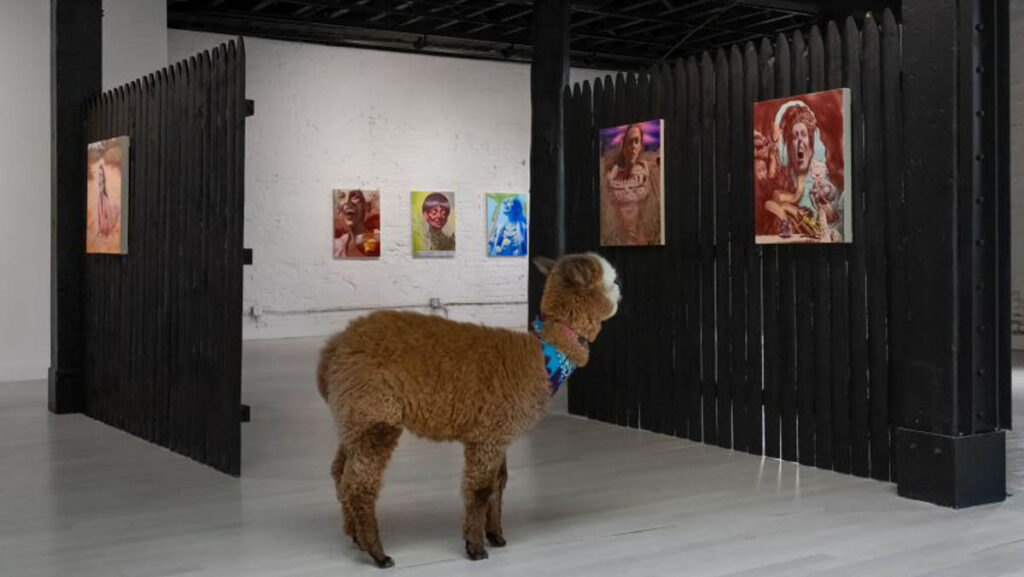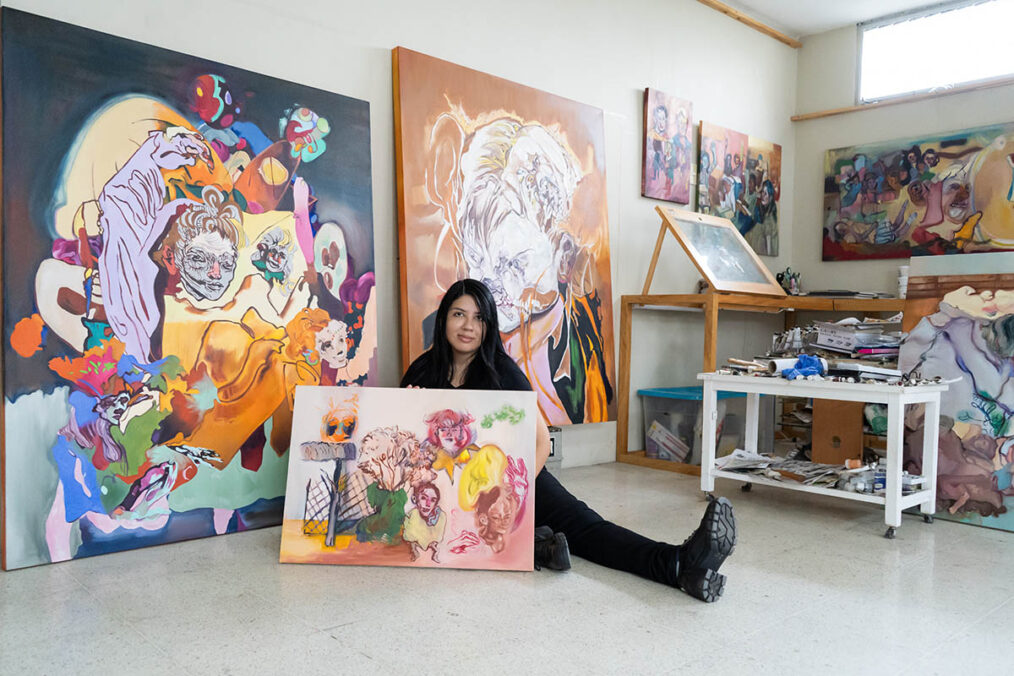
Can you tell me about your background? How did you grow up?
In Guayaquil, next to a mangrove in a quaint residential area, Urdesa has now been taken up by real estate agencies, office spaces, marketing agencies, and restaurants.
How did you first come into contact with art? Do you have childhood memories related to it?
I considered video games, comics, and animated cartoons to have been influential artistic mediums throughout my childhood. Movies and music videos as well. Curiously enough, I remember having intense puzzlement at seeing printed glossy images of old masters‘ religious paintings on my family’s deluxe Bible with golden-plated pages. I had no idea how those images were made or what category to put them in. Back in the 90s, even inside malls, you would find art-related stores and galleries, so I must’ve formed vague opinions on it early on.
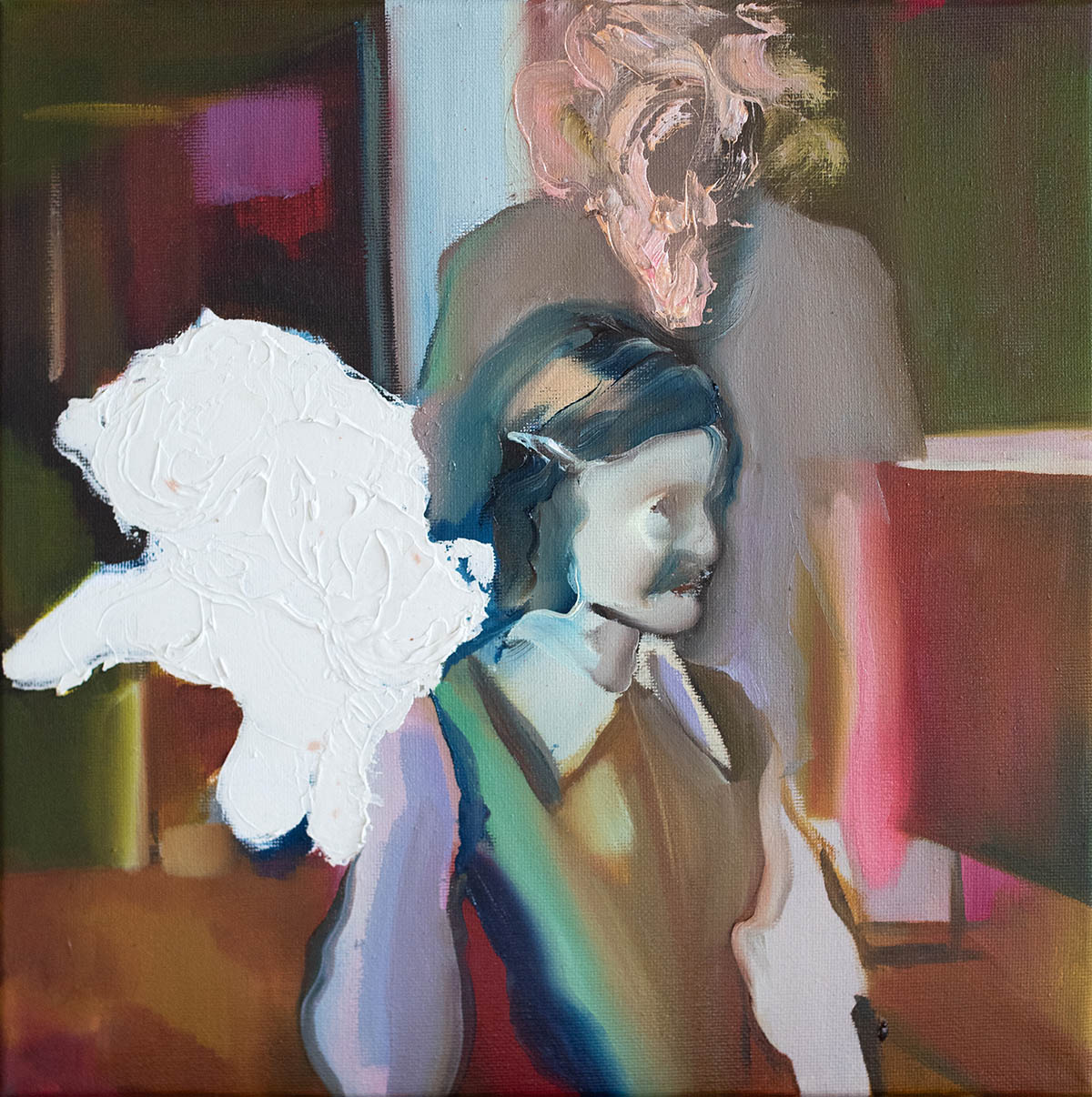
What unique cultural elements from Ecuador do you incorporate into your art?
Erratic geopolitical abundant nature, psychedelic undertones, kaleidoscope cultural heritage and mestizaje (hybrid religions and multiracial backgrounds), and the untouched cryptic underbelly where a lot of my mystical musings come from.
What initially motivates you to combine traditional art mediums with digital art and experimental music?
First comes the urge to be creative, which then segways into being as resourceful as possible with outdated and sometimes obsolete technology at my disposal. My approximation to visual art with some semblance of a concept behind it started with digital art, as in painting from scratch with my optical mouse on online Oekaki boards, then it went to oil paint and works on paper. After a little bit of that, I started making, recording, and producing my music with pirated DAWs on my Windows PC. As the years went by, my choice of technology changed to adapt to the new apps, software, and gadgets. It’s always been my solo trajectory regarding the constant production of art and music. It’s mainly the feeling of self-realization of my creative urges and concepts I might have dreamt of at the time splayed out on a gamut of artistic mediums. A way to experience and document what I wish to see and listen to with implied autobiographical revelations.
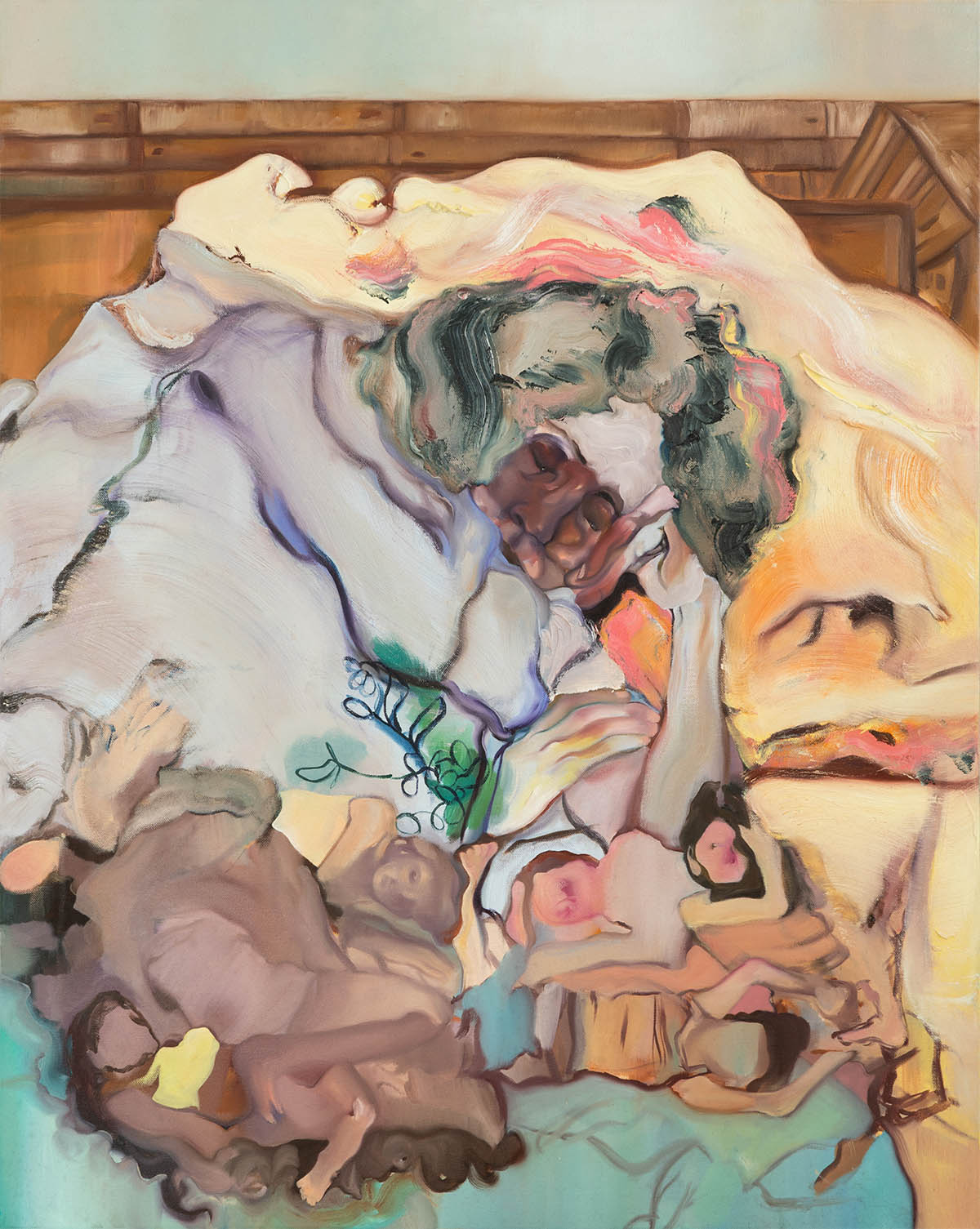
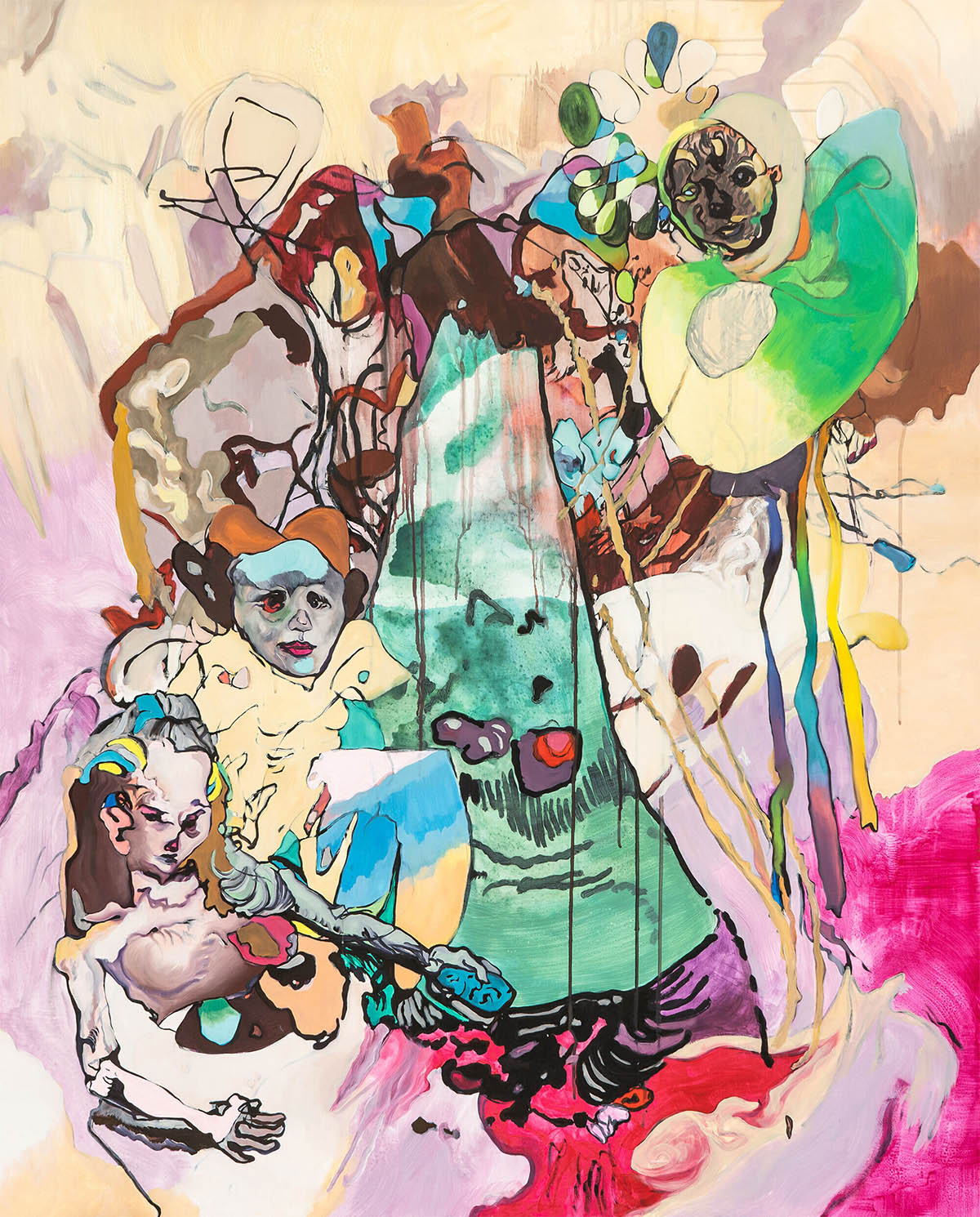
Can you walk us through your creative process from idea to finished piece?
It’s impulsive and quite abstract. I try to mull over it, but not too much because I like to keep it mysterious overall. As I’m getting an idea of the form, palette, and composition, I’m also honing in on the title, which is one of my favorite steps in the creative process. The same applies to music-making. There is a lot of improvisation involved, although sometimes I prefer printing out a composition made in Photoshop with my drawings to then try and reinterpret it on a large-scale canvas with oil paint. Music is usually abstract chanting and humming, improvised lyrics and jamming with my voice pedal, violin, pan flutes, Latin keyboard, etc., and then just editing and adding a lot of textures, filters, and harmonies.
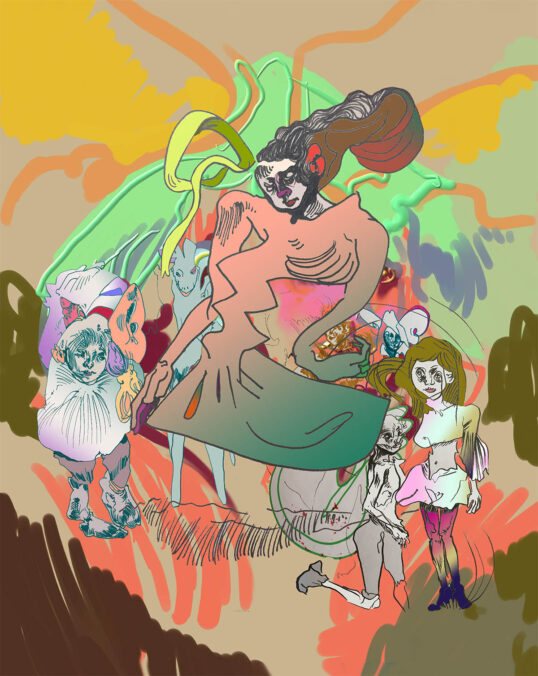
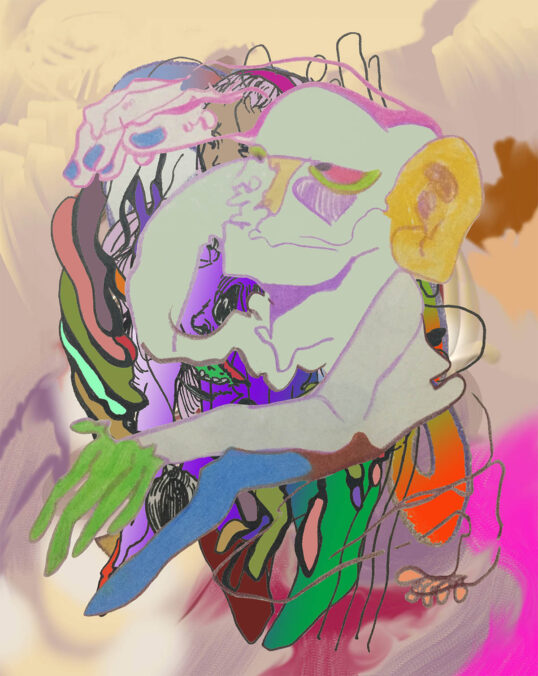
How do you find the balance between analog and digital in your creative process? What challenges are there?
I feel like it’s an existential matter because I’m on the cusp of the digital and analog transitions, and I lived both eras quite vividly. I guess it’s paying homage to my timelines. The challenge often lies in not relying solely on nostalgia references, getting too comfortable with current technology and artifacts, or avoiding implementing them in gimmicky ways.
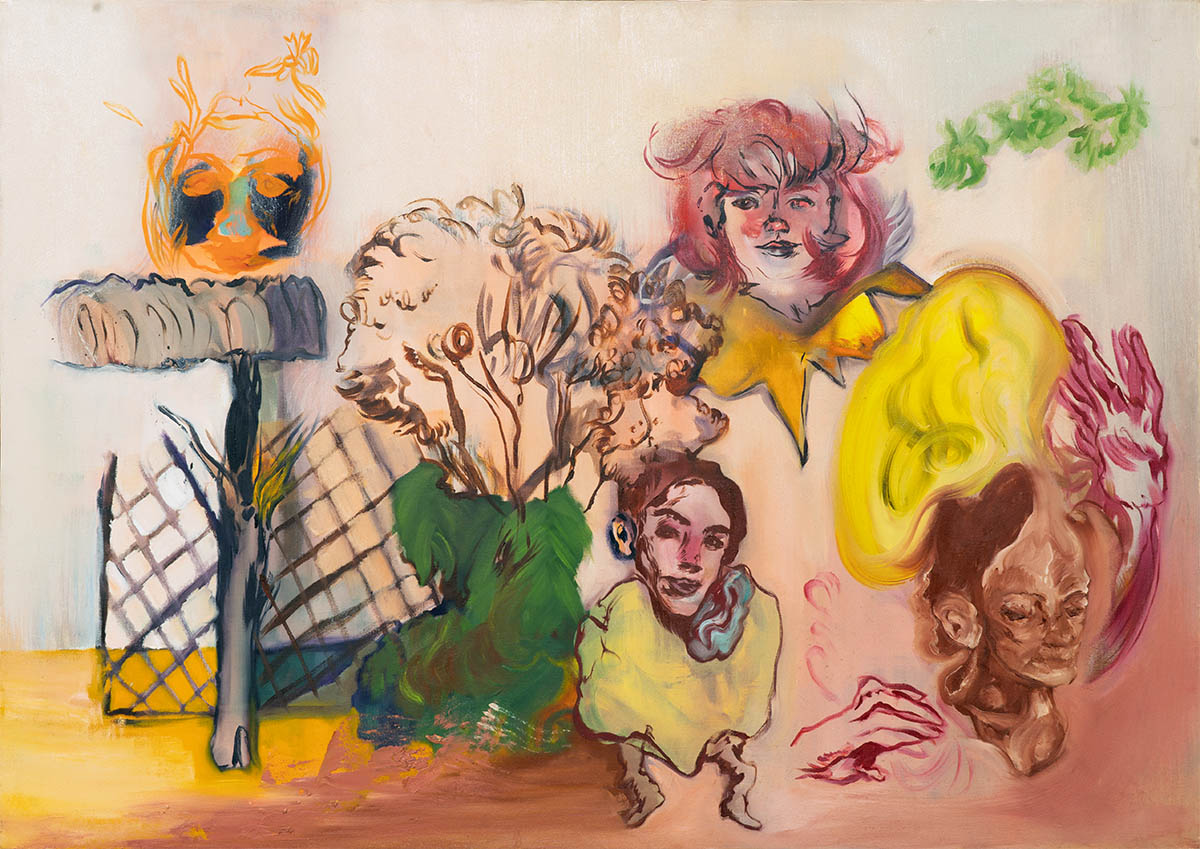
How do you approach collaborations, especially when merging visual art with music or other mediums?
Collaborating with other artists is most enjoyable when neither side imposes on the other what the overall projected result looks or sounds like or the exact way to go about the process. Barring budget and scheduling issues, that is.
I met your sister at Hybrid Art 2024; how important is the relationship to you?
We’ve been working on art-related projects in one way or another; recently, we collaborated on an animation together for a gallery in downtown Buenos Aires, Argentina. She mostly handles the documentation and production side of events while also delving into art dealer territory locally and internationally.
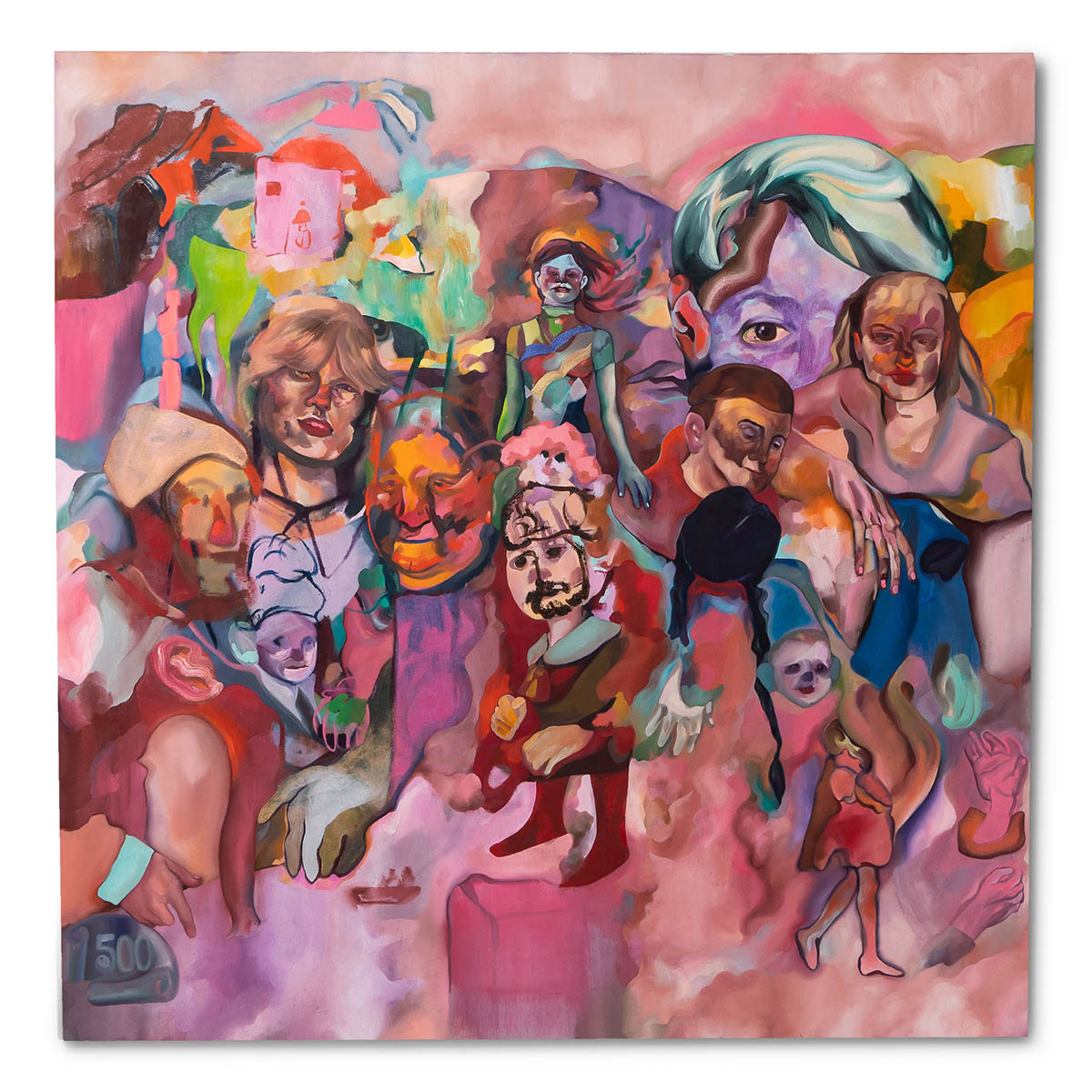
What role does family support play in your artistic career?
Early on, both my parents saw my artistic potential and funded my first two solo shows at local museums and art institutions, as well as both my siblings, who are photographers, and managed to document all of my exhibits depending on their availability that year. We’ve all learned along the way how to handle the production aspects of art events, which can be very elusive in the local scene. Some of my first shows are not even considered by the contemporary elite to be real shows because they lacked the sponsorship of a known curator or an imposing gallerist.
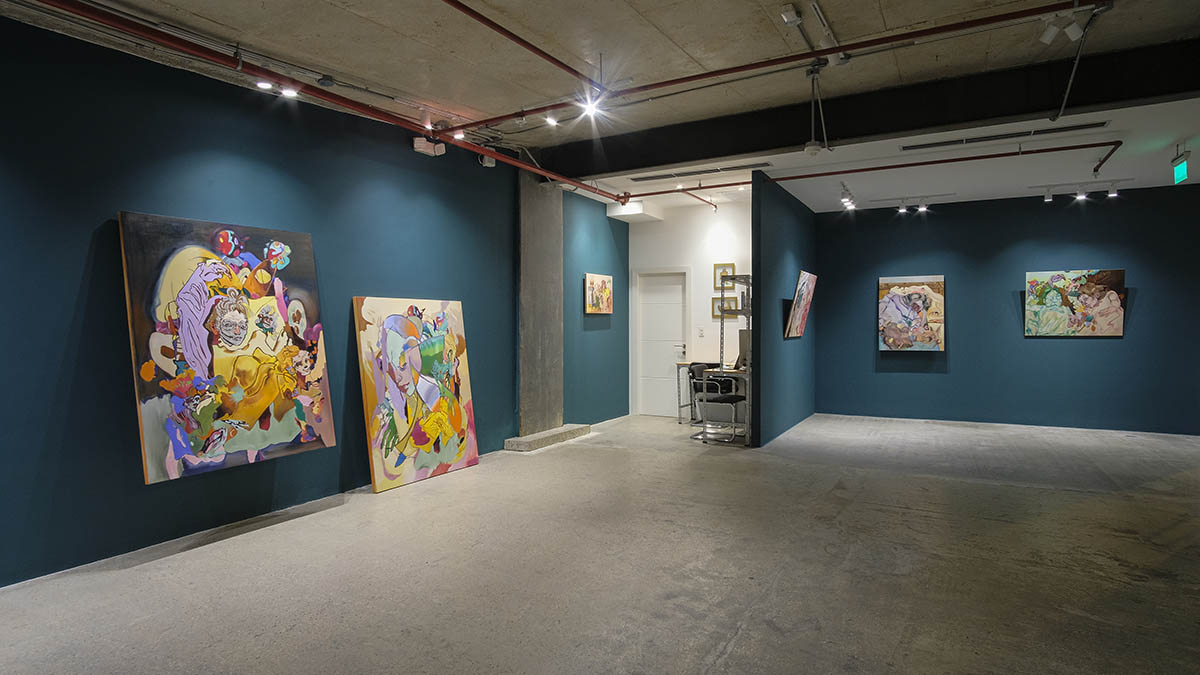
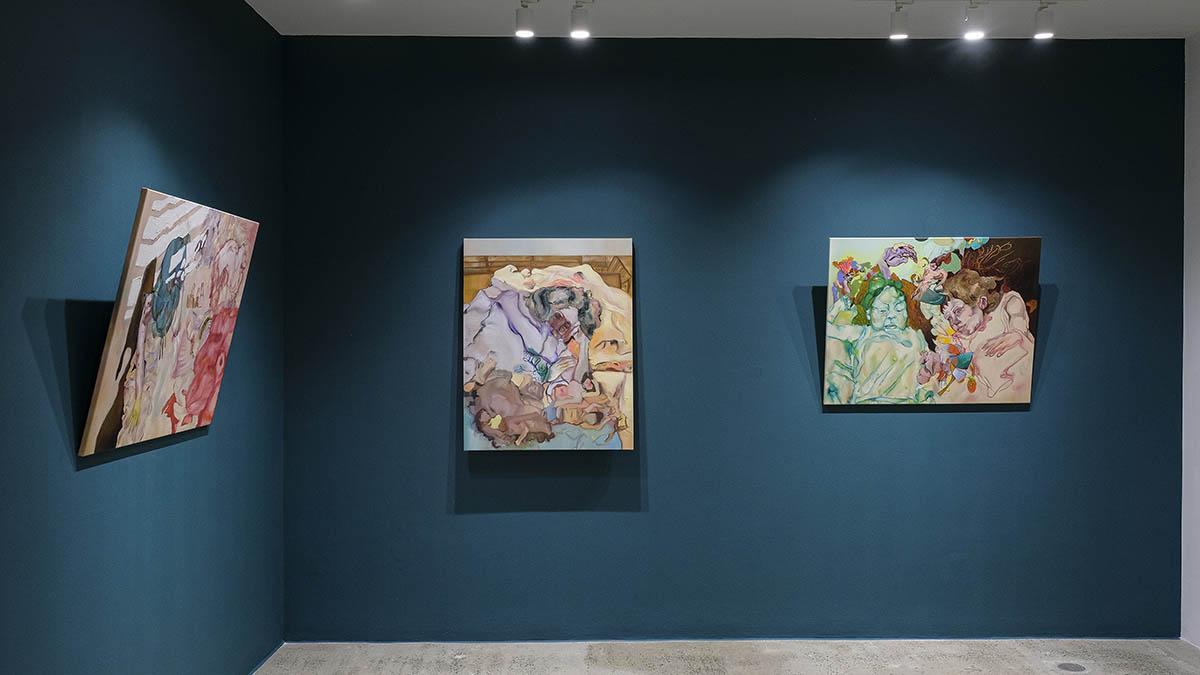
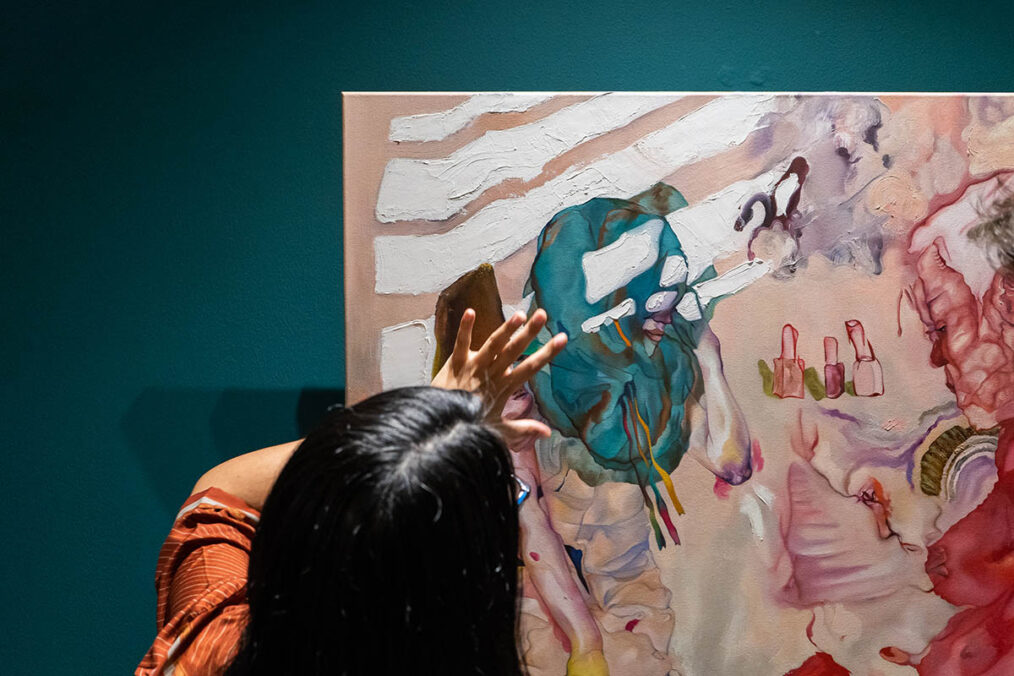
Do your hobbies ever intersect with or influence your artistic practice?
I love learning languages and think of them as knowledge for me to dissect and play around with. I usually apply them to titles and lyrics, like making up words the same as the artificial, proposed language, Esperanto.
Are there any upcoming projects or exhibitions that you’re excited about?
I’m currently working on my next solo album, Costa decolora, where I play with the concept of eroding colors by way of the intensity of solar activity in the equatorial zone and try to interpret it into sound and musical composition. There’s also a collective art show in a contemporary art museum in Quito, the capital city of Ecuador, that I’m happy to participate in as well, where I’ll work on formally presenting my painting and experimental music in one setting.
Maureen Gubia – www.instagram.com/mgubia/, www.mgubia.com





